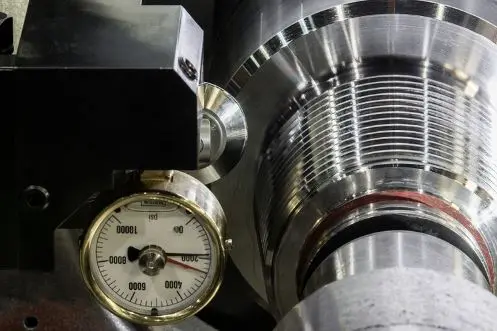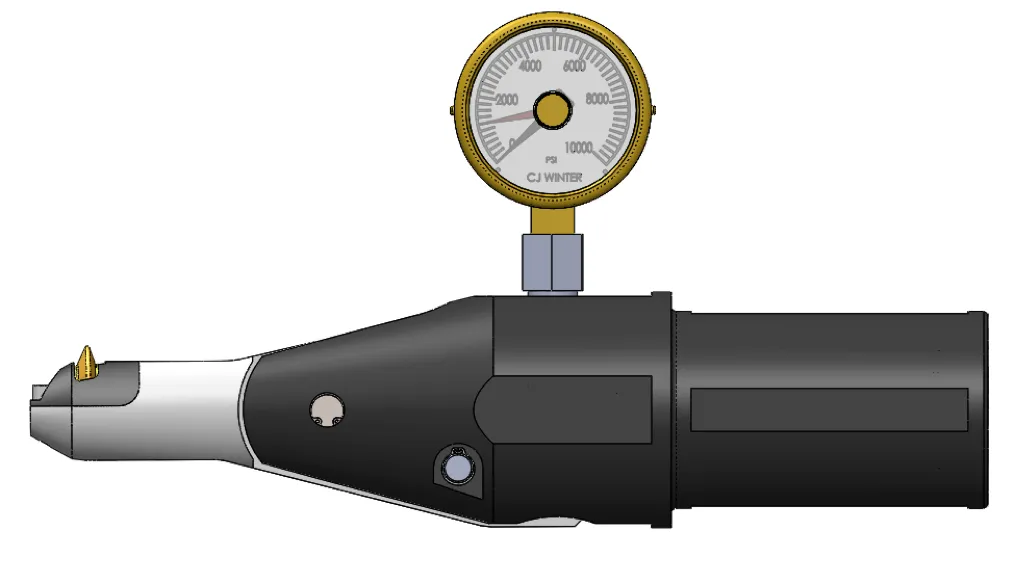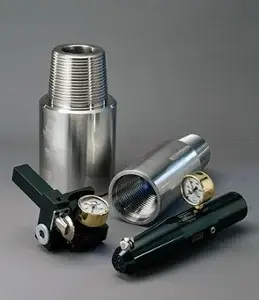Your drill string is your lifeline. It’s a critical component of your business and it needs to be in operation if you want to make money. The failure of offshore drilling connections is an expensive mistake, costing upwards of $250,000 per day. It’s highly unlikely such a problem would be repaired in a single day, so if the drilling rig is down for the average of six days it will cost at least $1.5 million.
Steps should be taken at every turn to create drill string equipment that will function optimally in its service environment. Cold root rolling reduces corrosion and increases stress resistance on threaded connections, ensuring that drill string connections will remain secure and last longer.
Here’s how cold root rolling benefits an oil and gas business:
Improved Strength
The joint is the weakest part of any system, so improving joint strength is critical for successful operation. Repairs cost money, but the biggest cost of a broken pipe is in lost production time. Long-lasting equipment saves money on both fronts.
Cold root rolling actually changes the structure of the steel to increase hardness, helping to prevent cracks and damage and reduce the need for costly repairs and downtime. By using threaded components manufactured with cold root rolling process, you will increase the lifespan of your equipment by as much as 3–5 times.
Increased Resistance to Thread Root Stress
The cold root rolling process creates dislocations in the atomic structure of the steel. Those crystals move from an even lattice-like layout to an interlocking pattern, which increases the strength and durability of the material. This prevents fractures from growing.
Cold-rolled joints generally have a 30-50% lower crack aspect ratio than unrolled joints. Long cracks can go undetected and cause damage that requires shut down and repair. Short, deep cracks are both easier to spot and easier to fix, decreasing downtime and reducing the overall cost of the repair.
Reduced Corrosion
With cold root rolling, the root of the threads is burnished to improve the surface finish. A more even surface reduces scratches and imperfections, thereby reducing stress, improving fatigue strength, and reducing corrosion.
Dents, bumps, scratches, and other imperfections serve as hiding places for corrosive agents. If those substances settle into those imperfections, they have more time to do their damaging work. Scratches deepen and eventually turn into cracks. Smoothing the surface eliminates those hiding places, mitigating the risk of corrosive agents embedding into surfaces. All of this adds up to stronger, longer-lasting equipment.
More Work In-House
Outsourcing introduces uncertainty into any process. Will the vendor get it done on time? Will the work be up to your standards? Larger companies can easily bring cold root rolling operations in-house with a cold root rolling tool, which is easily integrated with many modern industrial lathes. The CJWinter CRR Tool is built with employee safety in mind. It’s easy to install and use so you can get the entire team up to speed quickly.
For more information about the benefits of cold root rolling, download our eBook, “The ROI of Cold Root Rolling in Oil & Gas Piping.” It’s a free download, and you’ll learn more about how cold root rolling decreases corrosion, increases the lifespan of your connections, and boosts your bottom line.






